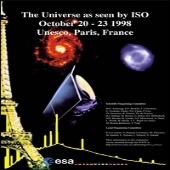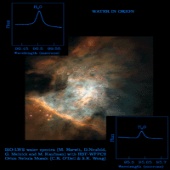ESA Science & Technology - News Archive
News archive
News archive
Published: 21 October 1998
Published: 20 October 1998
Published: 15 October 1998
Published: 15 October 1998
Published: 15 October 1998
Published: 15 October 1998
Published: 24 July 1998
Published: 18 May 1998
Published: 10 April 1998
Published: 9 April 1998
Published: 7 April 1998
Published: 26 February 1998
Published: 6 November 1997
Published: 14 August 1997
Published: 12 August 1997
Published: 22 July 1997
Published: 29 April 1997
Published: 28 March 1997
Published: 14 March 1997
Published: 28 November 1996
—
20 Items per Page










